Peter Pan
“Peter Pan” pictorial card game published by H. P. Gibson & Sons in c.1912 and manufactured by Thomas de la Rue & Co Ltd from drawings by Charles A. Buchel (1872–1950).
This edition of “Peter Pan” pictorial card game was published by H. P. Gibson & Sons in c.1912 and manufactured by Thomas de la Rue & Co Ltd from drawings by Charles A. Buchel (1872–1950), who also painted theatrical programmes and advertising posters. The story of Pater Pan was written by Scottish author Sir James Matthew Barrie (1860–1937). The game is played with a 52-card pack which contains 4 x 13 subjects each numbered 1, 2, 3 and 4. The object of the game is to get as many complete sets as possible see: the Rules→
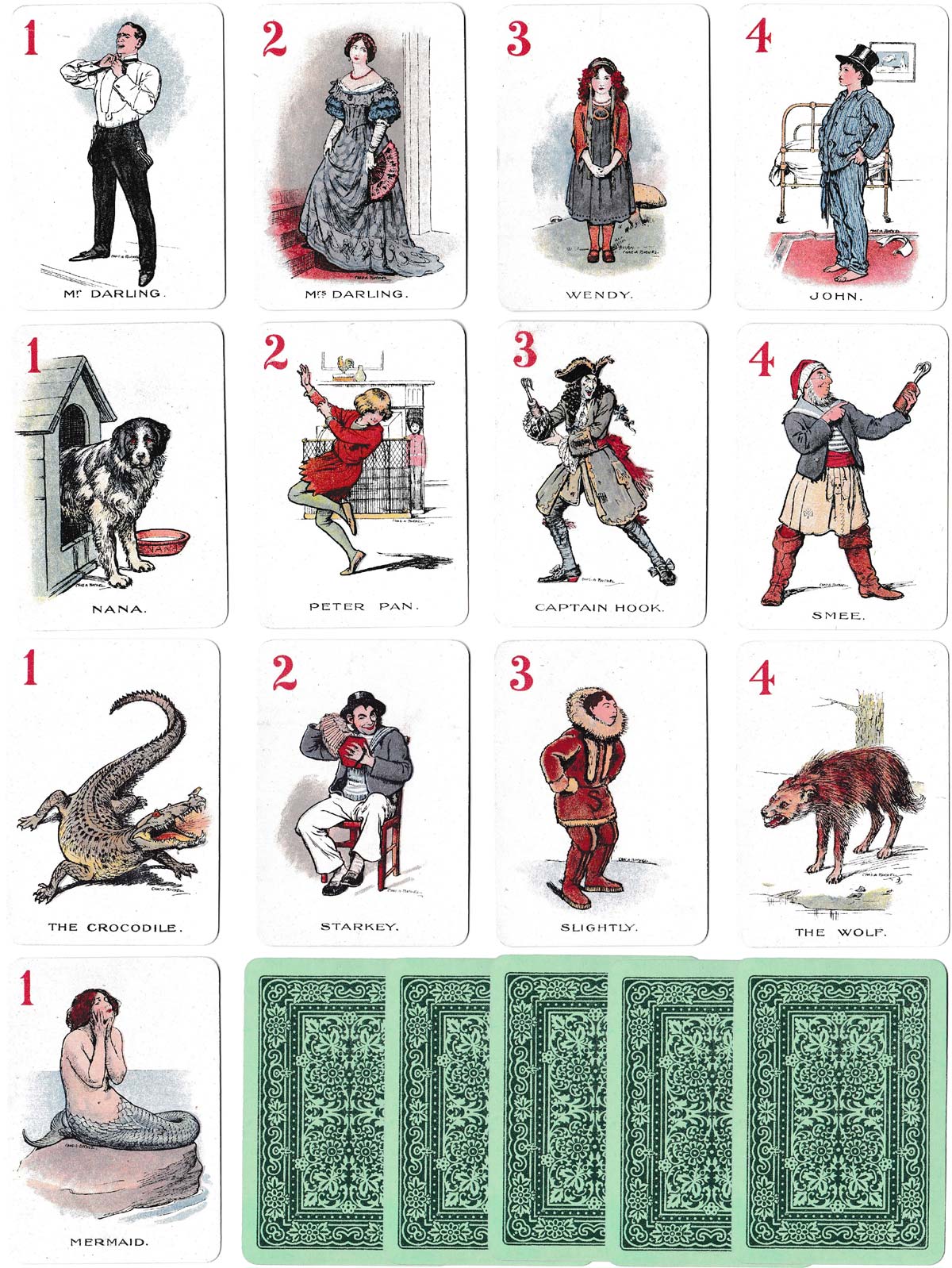
Above: “Peter Pan” pictorial card game published by H. P. Gibson & Sons in c.1912 and manufactured by Thomas de la Rue & Co Ltd from drawings by Charles A. Buchel (1872–1950). 52 cards + rules in box
Right: the front of the box→
In antiquity, Pan was the universal god, also the secret gate through which the universal invades the particular. Pan is the virtue, the active power in the human soul through which Man aspires towards the eternal and the universal - Hans Henrik Brummer.
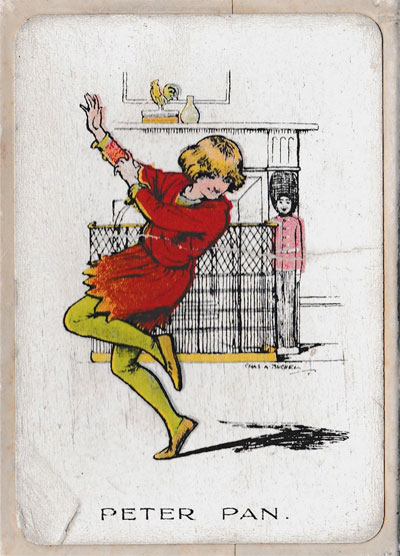
By Rex Pitts (1940-2021)
United Kingdom • Member since January 30, 2009
Rex's main interest was in card games, because, he said, they were cheap and easy to get hold of in his early days of collecting. He is well known for his extensive knowledge of Pepys games and his book is on the bookshelves of many.
His other interest was non-standard playing cards. He also had collections of sheet music, music CDs, models of London buses, London Transport timetables and maps and other objects that intrigued him.
Rex had a chequered career at school. He was expelled twice, on one occasion for smoking! Despite this he trained as a radio engineer and worked for the BBC in the World Service.
Later he moved into sales and worked for a firm that made all kinds of packaging, a job he enjoyed until his retirement. He became an expert on boxes and would always investigate those that held his cards. He could always recognize a box made for Pepys, which were the same as those of Alf Cooke’s Universal Playing Card Company, who printed the card games. This interest changed into an ability to make and mend boxes, which he did with great dexterity. He loved this kind of handicraft work.
His dexterity of hand and eye soon led to his making card games of his own design. He spent hours and hours carefully cutting them out and colouring them by hand.

Related Articles
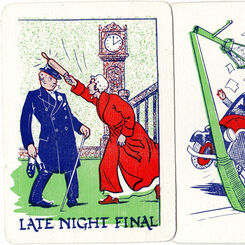
Biff! Bang!! Wallop!!!
Biff! Bang!! Wallop!!! family card game published by H.P. Gibson & Sons Ltd, 1939.
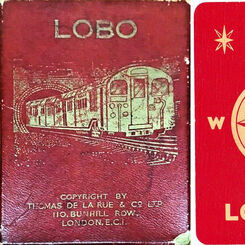
Lobo
Lobo, the London Underground card game published by Thomas De la Rue & Co Ltd, 1930s.
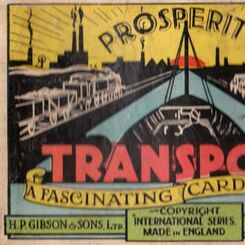
Transport
Transport card game published by H.P. Gibson & Sons Ltd in mid-1930s.
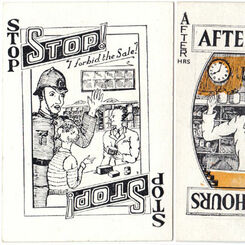
Stop! I forbid the Sale!
“Stop! I forbid the Sale!” card game published by H.P. Gibson & Sons Ltd, c.1939.
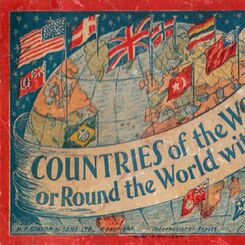
Countries of the World
“Countries of the World” published by H.P. Gibson & Sons, Ltd, c.1939.
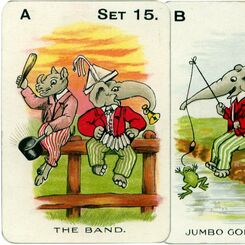
Jungle Jinks
Jungle Jinks card game with artwork by Constance Stannard Chapman, manufactured by Thomas De La Rue ...
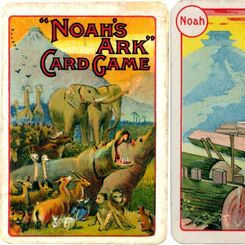
Noah’s Ark Card Game
Noah’s Ark Card Game, c.1905, which in its day helped to teach the Old Testament worldview
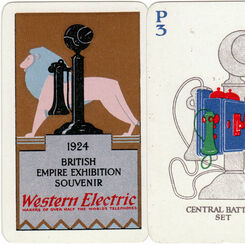
Electrical Mah Jong
Electrical Mah Jong was produced by De La Rue for The Western Electric Company Ltd in 1924 for the W...
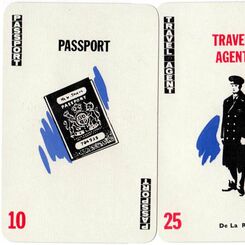
Travel Agent
Travel Agent is a card game designed by Martin A. Foley and manufactured by Thomas de la Rue & Co Lt...
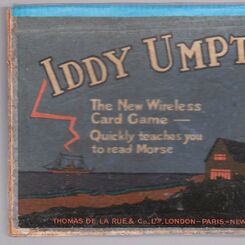
Iddy Umpty
“Iddy Umpty” card game based around learning to read the Morse Code Alphabet. by Thomas de la Rue & ...
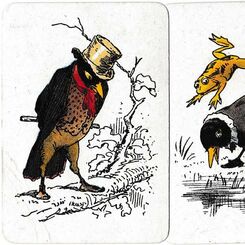
Bread & Honey
A charming Victorian family card game involving Clowns, Queens, Kings, Maids and thirty-seven Blackb...
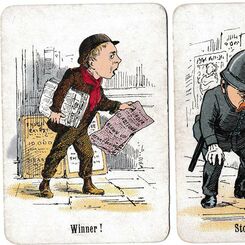
Stop Thief & Snip-Snap
Another late Victorian family card game by Thomas de la Rue & Co Ltd, c.1895 with beautifully illust...
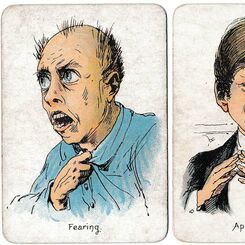
Moods & Faces
“Moods & Faces” round game by Thos de la Rue & Co Ltd,. c.1900.
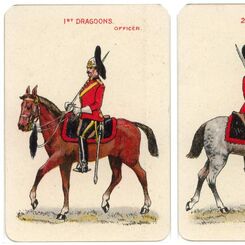
Cavalry Game
The “Cavalry Game” manufactured by Thomas de la Rue & Co Ltd, c.1900-10.

Tempest
Tempest is a family card game designed by W. Heath Robinson and published by Thomas de la Rue & Co. ...
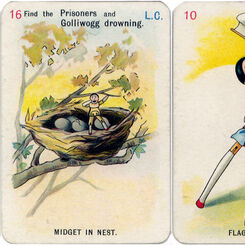
Golliwogg, c.1902
The stories about the Golliwogg and the Dutch dolls were written by Bertha Upton (1849-1912) and ill...

Kikit
Kikit is an indoor football game made by De la Rue, c.1920.

Peter Pan
Peter Pan by Pepys Games, first edition 1939.
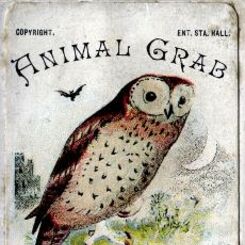
Animal Grab
Animal Grab card game by Thomas De La Rue & Co., 110 Bunhill Row, London..

Games Leaflets
Thos De la Rue & Co. & Gibson's Games Leaflets.
Most Popular
Our top articles from the past 60 days






















